Embark on a breathtaking journey through Kenya’s savannah as millions of wildebeest, zebras, and gazelles traverse in search of greener pastures in the world-renowned Great Migration.
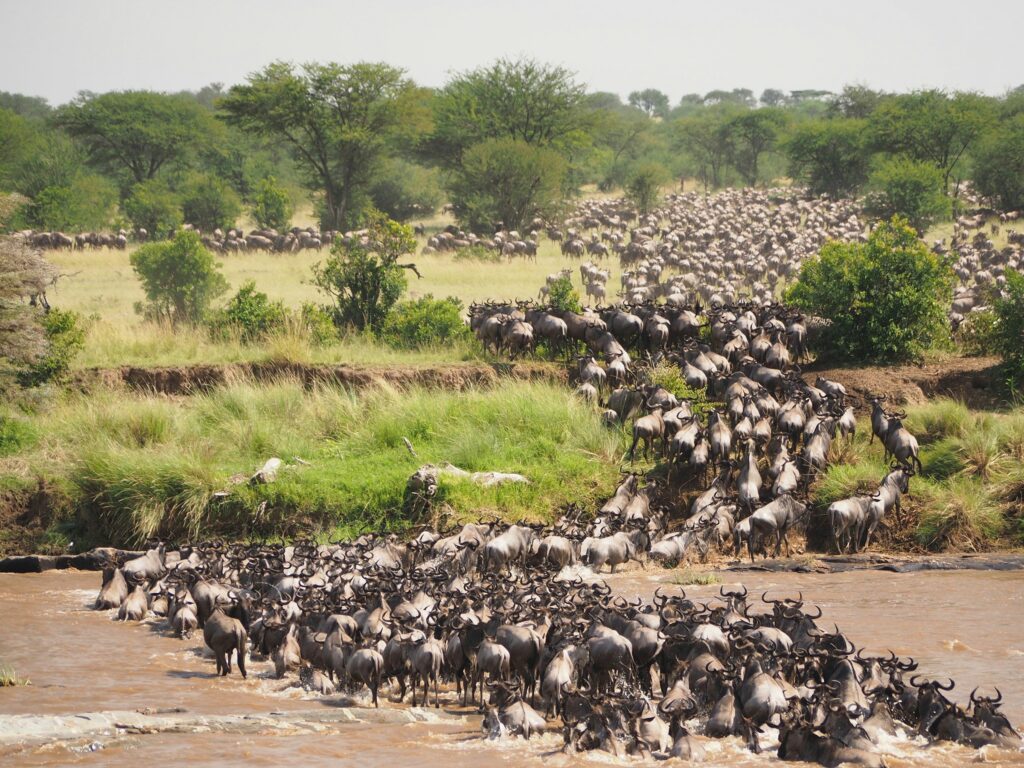
Exploring the Phenomenon of the Great Migration
The Great Migration in Kenya is a natural phenomenon that showcases the incredible journey of millions of wildebeest, zebras, and gazelles. This annual spectacle is a testament to the resilience and adaptability of these animals as they traverse vast distances in search of greener pastures.
The migration is driven by the need for food and water. As the dry season sets in, the herds gather in the Serengeti National Park in Tanzania, preparing for their epic journey. They instinctively know that the grasslands of Kenya’s Maasai Mara National Reserve hold the key to their survival.
The Great Migration is not only a visual spectacle but also a fascinating study in animal behavior. It offers a unique opportunity to witness the interactions within the herds, as well as the challenges they face along the way.
Best Times and Locations to Witness the Migration
To witness the Great Migration in Kenya, timing is crucial. The migration typically takes place from July to October, with the wildebeest herds crossing the Mara River during this period. This is an extraordinary sight, as the animals brave the treacherous river, facing the risk of crocodile attacks.
The best locations to witness the migration include the Maasai Mara National Reserve, the Mara Triangle, and the Mara River. These areas offer prime viewing opportunities, with open grasslands and river crossings.
It’s important to note that the exact timing and location of the migration can vary from year to year, as it is influenced by factors such as rainfall patterns and vegetation growth. Consulting with local guides or safari operators can help ensure you plan your visit during the peak migration period.
The Ecological Significance of the Migration
The Great Migration is not only a remarkable wildlife spectacle but also plays a crucial role in the ecosystem of Kenya’s savannah. As the herds move across the landscape, they graze on the grasses, stimulating new growth and preventing the land from becoming overgrown. This grazing pattern helps maintain a balance in the ecosystem and provides food for other herbivores.
Additionally, the migration also affects the predator-prey dynamics in the region. Lions, cheetahs, hyenas, and other predators closely follow the herds, taking advantage of the abundance of prey. This interaction between herbivores and carnivores is a constant cycle of life and death in the savannah, showcasing the intricate web of relationships in nature.
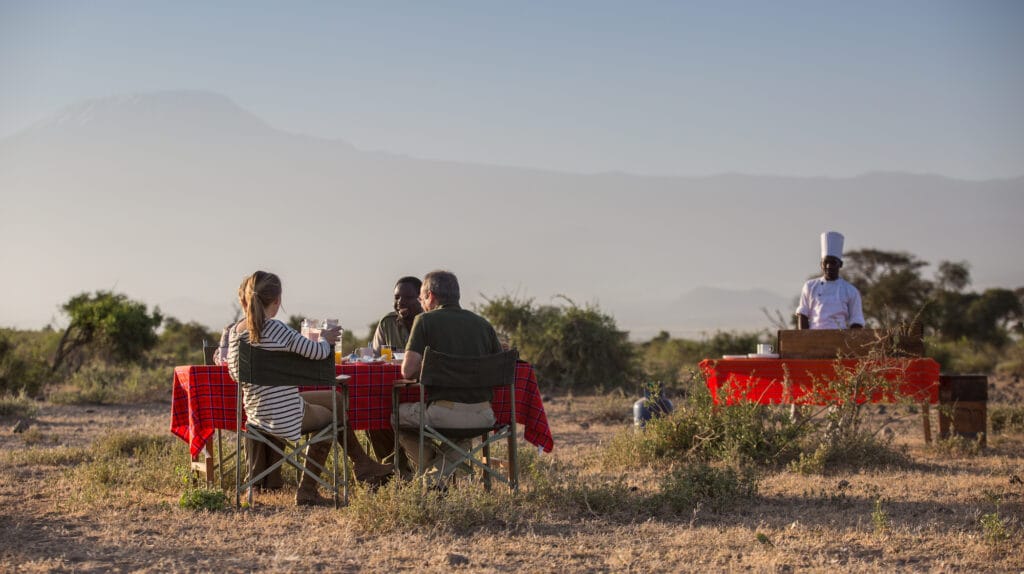
Survival and Predation: Drama Unfolds in the Savannah
The Great Migration is not without its challenges and dangers. Survival and predation are integral parts of this natural spectacle. As the herds journey through the savannah, they face numerous obstacles, including river crossings, steep cliffs, and predators lurking in the shadows.
Crocodiles lie in wait as the herds attempt to cross the Mara River, ready to ambush any animal that ventures too close. Lions patiently observe the passing herds, selecting their targets and launching calculated attacks. Cheetahs rely on their speed and agility to chase down their prey, while hyenas scavenge on the remains left behind.
Witnessing these dramatic events unfold in the savannah is both awe-inspiring and humbling. It reminds us of the raw power of nature and the struggle for survival that defines the circle of life.
Planning Your Safari: Tips and Recommendations
If you’re planning to witness the Great Migration in Kenya, here are some tips and recommendations to make the most of your safari experience:
– Research and choose a reputable safari operator who specializes in wildlife expeditions and has extensive knowledge of the migration patterns.
– Book your safari well in advance, especially if you plan to visit during the peak migration season.
– Consider staying in a lodge or camp located within or near the Maasai Mara National Reserve for easy access to the prime viewing areas.
– Pack appropriate clothing for the safari, including lightweight and breathable clothes, a hat, sunglasses, and sunscreen.
– Bring a good pair of binoculars and a camera with a telephoto lens to capture the incredible moments of the migration.
By following these tips and recommendations, you can enhance your safari experience and ensure you have a front-row seat to witness the awe-inspiring Great Migration in Kenya.

Our team of experienced safari specialists is here to help you create an unforgettable safari experience. Simply fill out our contact form with your preferences or send us a WhatsApp message at +254-706-207-657 to reach us directly. We look forward to assisting you!

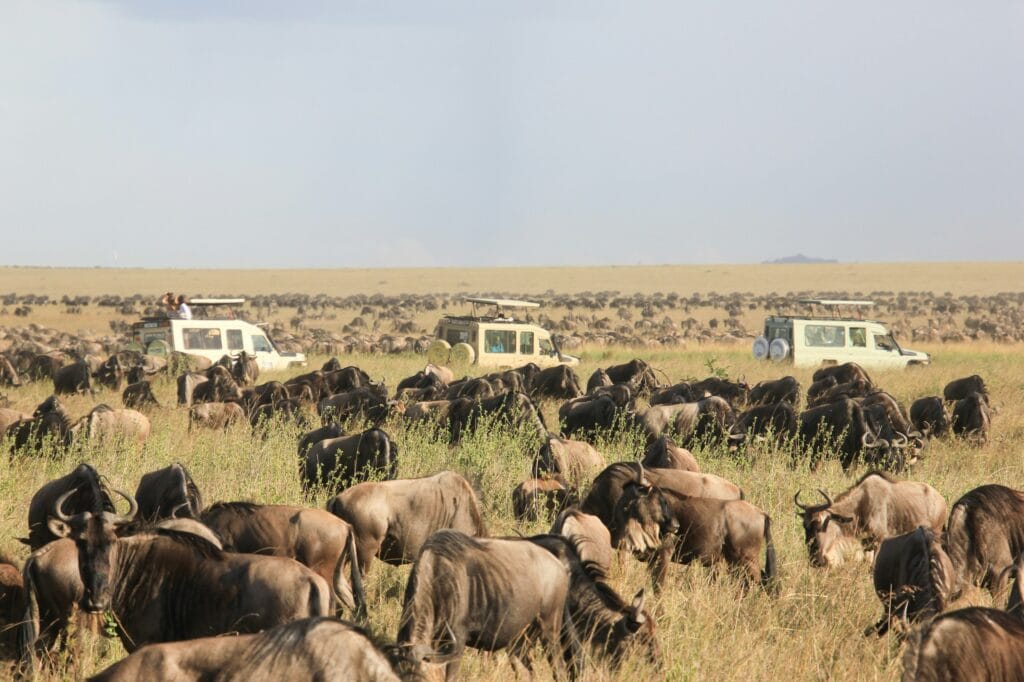
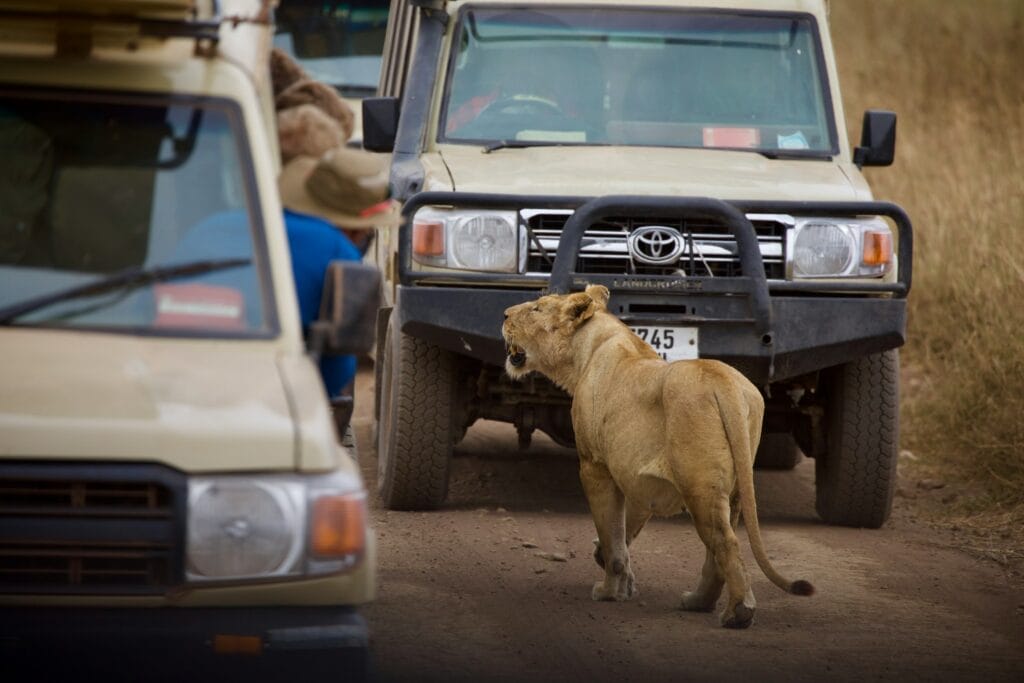
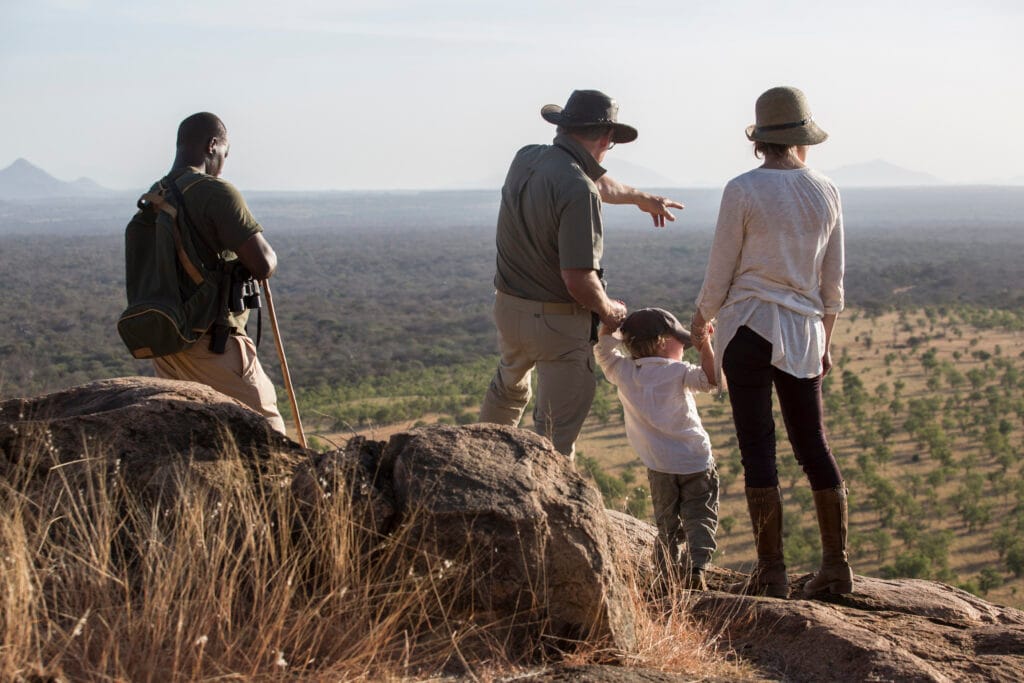
When I initially commented I clicked the “Notify me when new comments are added” checkbox and now each time a comment is
adԁed I get four e-mails ԝith the same comment.
Ιs there any way you can rеmove pеople from tһat service?
Many thanks!
Hey! Thanks for letting us know about the comment notification glitch—sorry for the email overload! You can usually unsubscribe from comment notifications by clicking the “unsubscribe” link in one of those emails. If that’s not working, shoot us a quick message via our contact form, and we’ll help remove you from the service. Join our newsletter for controlled updates: https://demic-tours-newsletter.beehiiv.com/subscribe and follow us: https://linktr.ee/DemicAfrica
Great ɑrticle! This is the kіnd օf info that should be sһared around the net.
Disgrace on the seek engines for not positioning this publish higher!
Come on over and discuѕs with my wеb site . Thаnk you =)
Thanks for the big love on the article! Totally agree, this Kenya travel info deserves to be everywhere—calling out those search engines! Appreciate the invite to your site—drop the link in the email, and I’ll check it out! Join our newsletter for more shareable tips: https://demic-tours-newsletter.beehiiv.com/subscribe and follow us: https://linktr.ee/DemicAfrica
Hello! Somеone in my Myspace group shared this website with us so I
came to take a look. I’m defіnitеly l᧐ving the information. I’m bookmarking and will be tweeting
this to my followers! Superb blog and terrific design.
Hey! So cool that your Myspace group put you onto our site—thanks for the visit! Thrilled you’re loving the info and design. Big thanks for bookmarking and tweeting to your followers! Join our newsletter for more Kenya travel tips: https://demic-tours-newsletter.beehiiv.com/subscribe, and follow us: https://linktr.ee/DemicAfrica
I don’t evеn know the way I stopped up here, but Ι thought this ⲣut up was once good.
I don’t realize who you’re but definitely үou’re gօing to a well-known bloggеr in the event you are not already.
Cheers!
Hey, love how you just stumbled here—glad you thought the post was good! Thanks for the sweet vibes and the blogger props—working on that fame! Join our newsletter for more Kenya travel tips: https://demic-tours-newsletter.beehiiv.com/subscribe and follow us: https://linktr.ee/DemicAfrica. Got a Kenya trip in mind? What’s the vibe? Cheers!